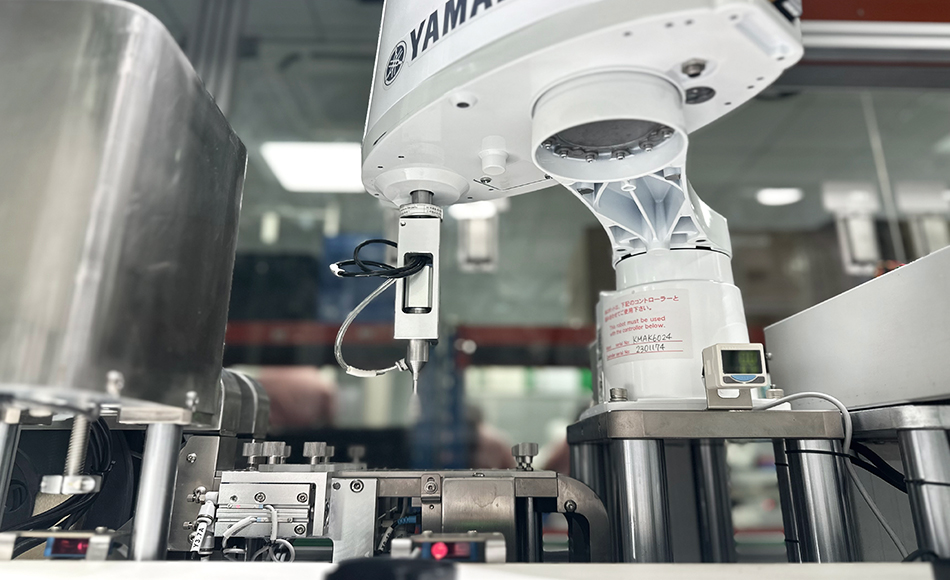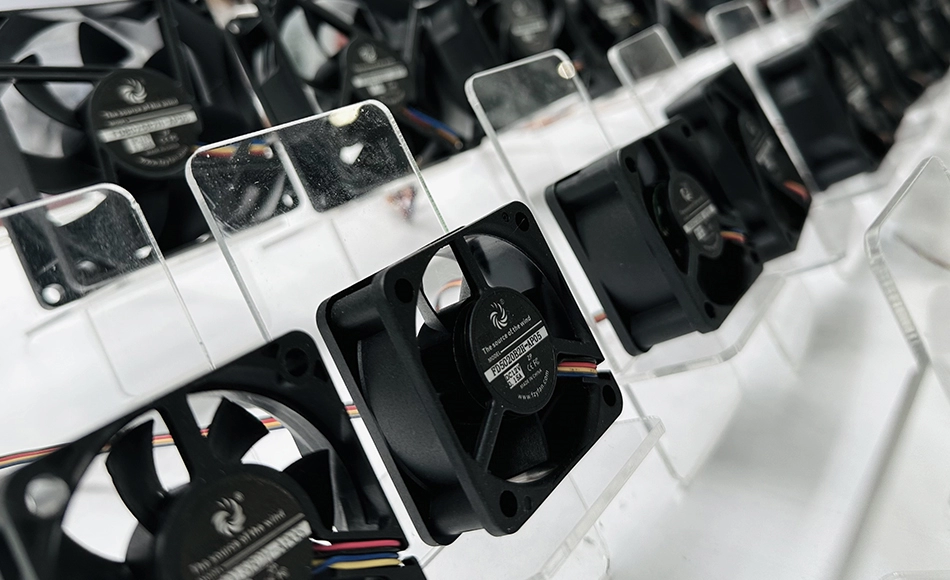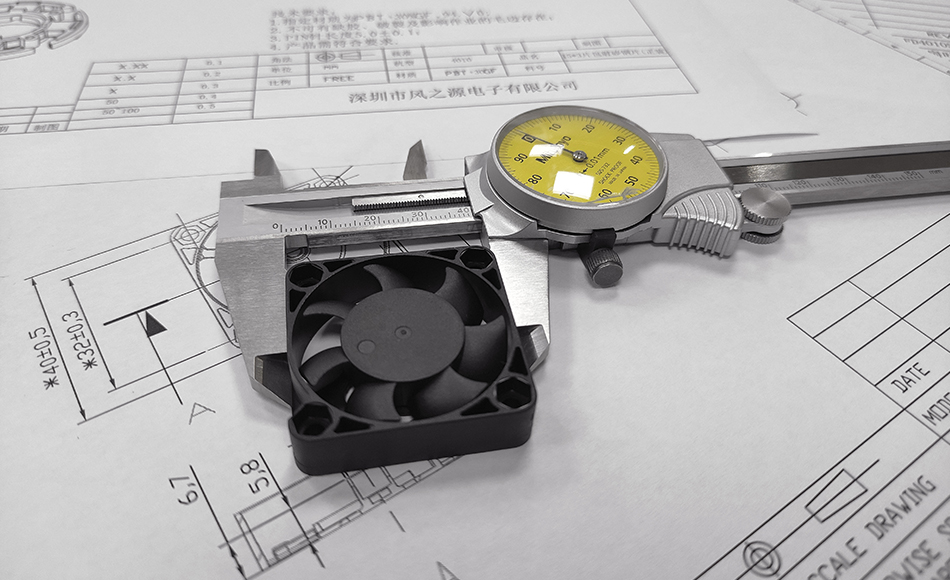3 steps to choose the right AC fan, easily avoid inferior products, durable and worry-free
 Feng Zhi Yuan
Feng Zhi Yuan
 Oct 08,2025
Oct 08,2025

When choosing an AC fan, many people are troubled by issues such as "high noise and easy to break". In fact, as long as you grasp the three core points of "safe workmanship, power-on testing, and parameter brand", you can easily distinguish between good and bad, and choose with confidence.
Step 1: First, look at safety and workmanship - the bottom line cannot be relaxed
The AC fan is directly connected to the mains power supply. Safety and workmanship are the foundation, and the following four areas should be inspected:
Wiring and frame safety: It is necessary to choose wiring with flame-retardant insulation (no exposed copper wires), and the frame should be printed with a leakage protection logo to avoid the risk of electric shock;
Fan blade material and texture: ABS hard plastic fan blades (resistant to deformation, with no burrs on the edges) are preferred. When manually rotating, they should be "smooth and not eccentric" - if there is a strong shaking sensation, it is easy to produce loud noise due to resonance during later use;
Body material: Metal frame is better than plastic frame, with better heat dissipation, less deformation during long-term use, and higher durability;
Detail workmanship: Check whether the screws are tightened, whether the corners are smooth, and whether there is any looseness or roughness. Rough workmanship is likely to indicate inferior quality.
Step 2: Perform a live test to determine the quality immediately
It is not enough to just look at the appearance. Power-on testing can directly reveal hidden dangers. The key points are to test 3 items:
Startup and Noise: The device starts up without any delay, and during operation, it emits only a "uniform wind sound" without any "buzzing" resonance or "clicking" friction noise. If the silent mode is selected, the noise level should be ≤50dB (close to the volume of everyday soft speech);
Motor temperature: After continuous operation for 1 hour, touch the motor housing with your hand - it should be "warm but not hot to the touch" under normal conditions; if it is too hot, it indicates that the coil material is inferior and may easily burn out if used for a long time;
Vibration control: Place a coin on top of the fan. If the coin does not wobble during operation, it indicates that the vibration is small and will not affect surrounding home appliances or desktop items.
Step 3: Finally, identify parameters and brands - reject "three no" products
Avoid pitfalls: Refuse "three no products" without brand, production information, and quality assurance. Such products have no after-sales service and are difficult to safeguard when problems occur;
Brand and warranty: Choose a reputable and formal brand with a 1-2 year warranty (some brands have longer warranties for motors alone). Whether it is for home use, workshop use, or server room use, having a backup plan in case of future issues can provide peace of mind.
Summary: Core logic of selecting a fan
First, we should ensure the safety of the product by checking its "safety features". Then, we should test its performance by plugging it in and using it in real-world conditions to identify any potential issues. Finally, we should consider the quality of the components and the brand to ensure long-term durability. By following these three steps, we can avoid low-quality fans that are noisy and prone to failure, and choose a suitable and cost-effective AC fan for home, workshop, or server room use.







 Home
Home
 The exhaust effect of the external air outlet of the cooling fan --- fan performance
The exhaust effect of the external air outlet of the cooling fan --- fan performance 












